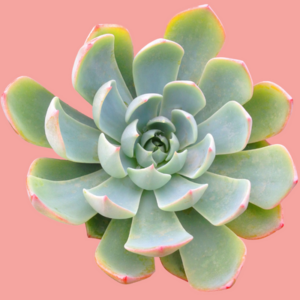Removing cactus plants from your garden can be a daunting task. While they are beautiful and intriguing, there are times when one may wish to eliminate them for various reasons. Some cacti have aggressive growth patterns, while others may pose a threat to pets or children due to their spines. Understanding the process of safely removing cacti involves knowledge about their anatomy, potential hazards, and effective removal methods. Here is a detailed guide on how to get rid of cactus plants effectively.
Before embarking on the removal journey, it’s essential to consider your approach and the tools you’ll need. Incorrect removal can lead to injuries from spines and may damage other plants in your garden.
Preparation for Removal
Prior to commencing the removal process, gather all necessary tools. Basic tools may include:
- Thick gardening gloves to protect your hands.
- Pliers or tongs for grasping spiny areas.
- A shovel or spade for digging.
- Trash bags for disposal.
- Wooden boards or cardboard to safely manage cacti during transport.
Once you have all your tools ready, assessing your cactus species is imperative. Different cacti have various rooting mechanisms and growth habits, influencing removal methods. Some cacti, such as the prickly pear, have shallow roots and can be removed more easily, whereas others, like the saguaro, have extensive root systems that necessitate careful handling.
Understanding Potential Hazards
While cacti might seem harmless, they can be quite dangerous due to their sharp spines and toxic qualities. Ensure you are aware of the specific species of cactus you are dealing with, as some may have additional characteristics, such as:
- Invasive Spines: Certain species possess spines that are barbed, potentially causing more pain and difficulty in removal.
- Toxicity: Some cactus species may produce irritating sap, which could harm skin or when ingested by animals.
Plan to dress appropriately; sturdy clothes can serve as barriers against spines. Additionally, consider wearing protective eyewear to shield your eyes from potential debris.
Effective Techniques for Cactus Removal
The method you choose to remove cacti will vary based on the species and your garden layout. Here are several strategies to consider:
Manual Digging
For smaller cacti or those with shallow roots, manual digging is an effective method. This involves:
- Using a shovel to gently dig around the base of the cactus to expose the roots.
- Carefully breaking up the soil while avoiding damage to nearby plants.
- Leveraging upward to dislodge the cactus from the earth, ensuring to grip it securely while lifting.
It’s prudent to dig several inches around the base to account for lateral roots, which can often extend farther than anticipated.
Fire as a Last Resort
In some scenarios, particularly with large or invasive cacti, utilizing fire can be an option. However, this method should only be considered as a last resort because it may have devastating effects on the surrounding ecosystem. Proceed with caution by:
- Checking local regulations regarding controlled burns to ensure compliance.
- Using fire in a safe, contained manner to eliminate the cactus and any potential roots.
- Considering the environmental impact and potential fire hazards.
Herbicide Application
For those who prefer a chemical approach, herbicides can be used effectively against cacti. When opting for this method, it is vital to:
- Select an appropriate herbicide explicitly designed for woody plants.
- Apply the herbicide in accordance with manufacturer instructions, targeting the base of the plant for best results.
- Wait several weeks to see if the cactus shows signs of decline before considering physical removal.
Ethical Disposal of Cacti
Once you have successfully removed the cactus plants, it is essential to dispose of them properly. This prevents any possibility of re-establishment and assists in reducing local populations of invasive species. Consider the following options:
- Contacting local gardening clubs or botanical gardens for recycling or rehoming opportunities.
- Composting cacti is generally not advisable due to their thorny nature; thus, opt for a landfill disposal method.
- Ensuring any toxic species are bagged separately to avoid unintended exposure to animals and humans.
Post-Removal Care
After the successful removal of cacti, attending to the garden area is vital. Fill the removed space with mulch or soil to maintain moisture levels and prepare for planting suitable alternatives. Regular garden monitoring is necessary to prevent new cacti from taking hold.
Conclusion
Removing cactus plants from your garden can be a meticulous task, requiring proper preparation and execution. By employing careful techniques and considering safety at every step, you can effectively manage the presence of cacti in your landscape. Whether by hand or with the help of herbicides, it is essential to treat the environment with respect, ensuring that your garden remains a safe and flourishing space.





Leave a Comment